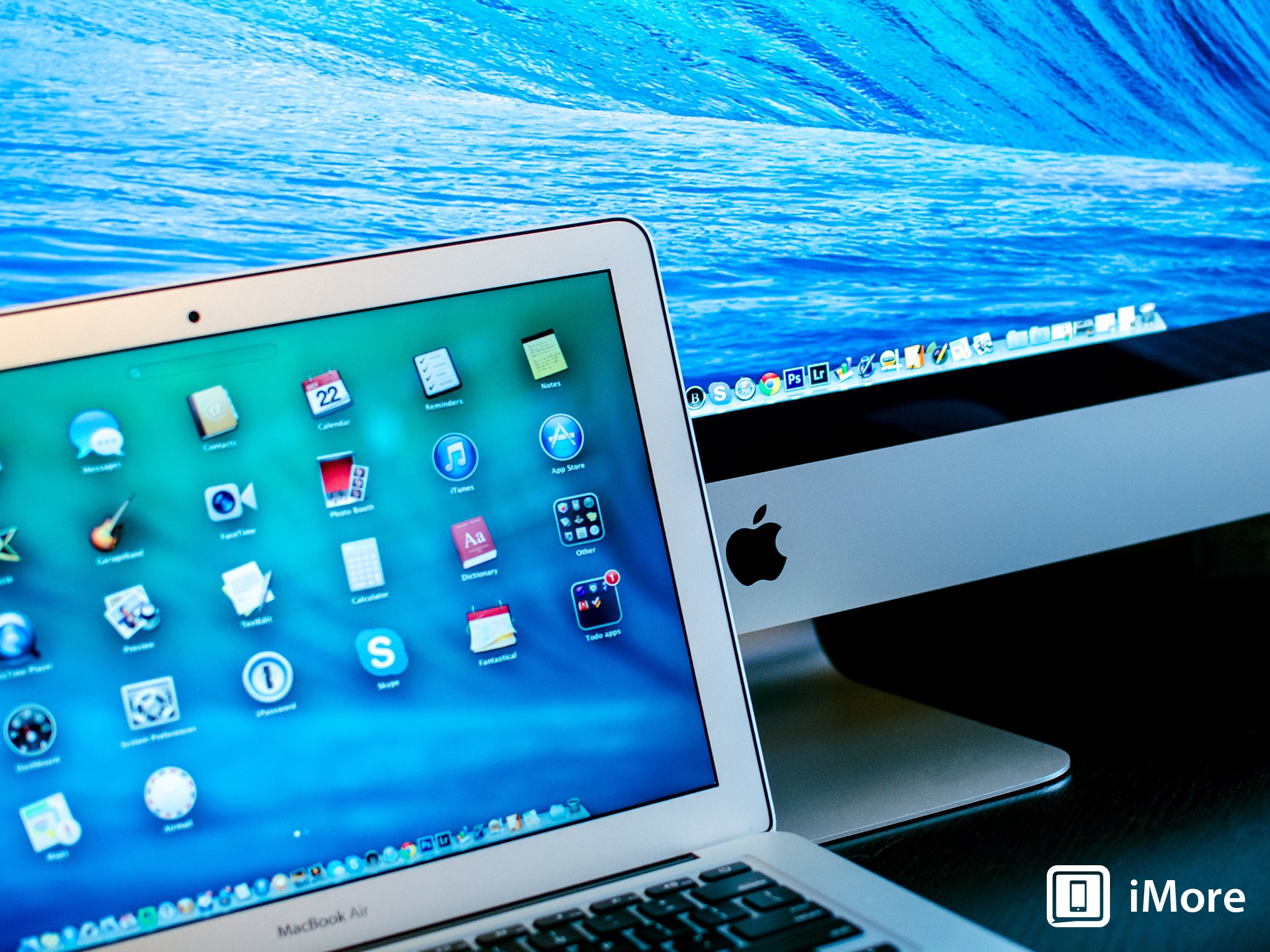[h=1]OS X Mavericks review[/h] By Peter Cohen, Tuesday, Oct 22, 2013 a 4:06 pm
15

Note: Some of this material was originally published in our Mavericks preview but was incomplete and outdated due to Apple's non-disclosure agreement (NDA). It's been fully updated, expanded upon, and refined here into our full on OS X review. Enjoy!
[h=2]OS X evolution[/h]

It's been a long road to get here. Mac OS X was first introduced as a public beta in 2001, and beta it was - a radical departure from Mac OS 9, both in look (introducing the "Aqua" interface) and in operation. Mac OS X was built on a UNIX foundation, and was more closely related to the NextStep operating system that had been developed by NeXT, the computing company Steve Jobs founded between stints running Apple.
Over the years Apple has iteratively improved OS X, typically waiting until a major release before introducing major new features, capabilities and applications. Early on Apple cranked out changes to OS X on an annual basis, but once the company hit Mac OS X 10.3 "Panther," it slowed down, changing to a biannual upgrade cycle.
Apple wasn't standing still between those upgrades, either. By 2005 the PowerPC chip that had served as the basis for Macs throughout the 90s was pushing its limits. Fortunately, hedged its bets, and had been working to keep OS X operating on Intel hardware as well. And so Apple was able to migrate successfully to a different microprocessor architecture without having to start over at square one.
Since then Apple's stayed the course, and with the introduction of Mountain Lion in 10.8, made it clear that it was resuming its annual upgrade cycle again, to iterative make changes to the operating system to keep up with new technology and user expectations. And that brings us to today and the launch of OS X 10.9 "Mavericks," the first installment of the operating system not to carry a big cat's name.
To that end, Apple has run out of big cats to name their operating system. So starting with Mavericks, they've switched to a nomenclature based on places in California, Apple's home state - places that Apple says its employees draw their inspiration from.
Mavericks is actually a surfing spot in Northern California, not too far from Half Moon Bay. That's a local spot for Apple employees, to be sure - it's in San Mateo County, only about 30 miles from Apple's corporate headquarters.
http://www.imore.com/os-x-mavericks-review
15

Top to bottom review of Apple's newest Mac operating system, OS X Mavericks
Over the course of the past decade, we've seen many changes to OS X - some iterative, some significant. OS X's newest incarnation, "Mavericks" or version 10.9, is a bit of both. It doesn't significantly rework the user interface like Apple did with iOS 7, though there are some nice tweaks. Apple did make a number of changes under the hood to improve performance and efficiency, however, especially for mobile users.Note: Some of this material was originally published in our Mavericks preview but was incomplete and outdated due to Apple's non-disclosure agreement (NDA). It's been fully updated, expanded upon, and refined here into our full on OS X review. Enjoy!
[h=2]OS X evolution[/h]

It's been a long road to get here. Mac OS X was first introduced as a public beta in 2001, and beta it was - a radical departure from Mac OS 9, both in look (introducing the "Aqua" interface) and in operation. Mac OS X was built on a UNIX foundation, and was more closely related to the NextStep operating system that had been developed by NeXT, the computing company Steve Jobs founded between stints running Apple.
Over the years Apple has iteratively improved OS X, typically waiting until a major release before introducing major new features, capabilities and applications. Early on Apple cranked out changes to OS X on an annual basis, but once the company hit Mac OS X 10.3 "Panther," it slowed down, changing to a biannual upgrade cycle.
Apple wasn't standing still between those upgrades, either. By 2005 the PowerPC chip that had served as the basis for Macs throughout the 90s was pushing its limits. Fortunately, hedged its bets, and had been working to keep OS X operating on Intel hardware as well. And so Apple was able to migrate successfully to a different microprocessor architecture without having to start over at square one.
Since then Apple's stayed the course, and with the introduction of Mountain Lion in 10.8, made it clear that it was resuming its annual upgrade cycle again, to iterative make changes to the operating system to keep up with new technology and user expectations. And that brings us to today and the launch of OS X 10.9 "Mavericks," the first installment of the operating system not to carry a big cat's name.
To that end, Apple has run out of big cats to name their operating system. So starting with Mavericks, they've switched to a nomenclature based on places in California, Apple's home state - places that Apple says its employees draw their inspiration from.
Mavericks is actually a surfing spot in Northern California, not too far from Half Moon Bay. That's a local spot for Apple employees, to be sure - it's in San Mateo County, only about 30 miles from Apple's corporate headquarters.
http://www.imore.com/os-x-mavericks-review































